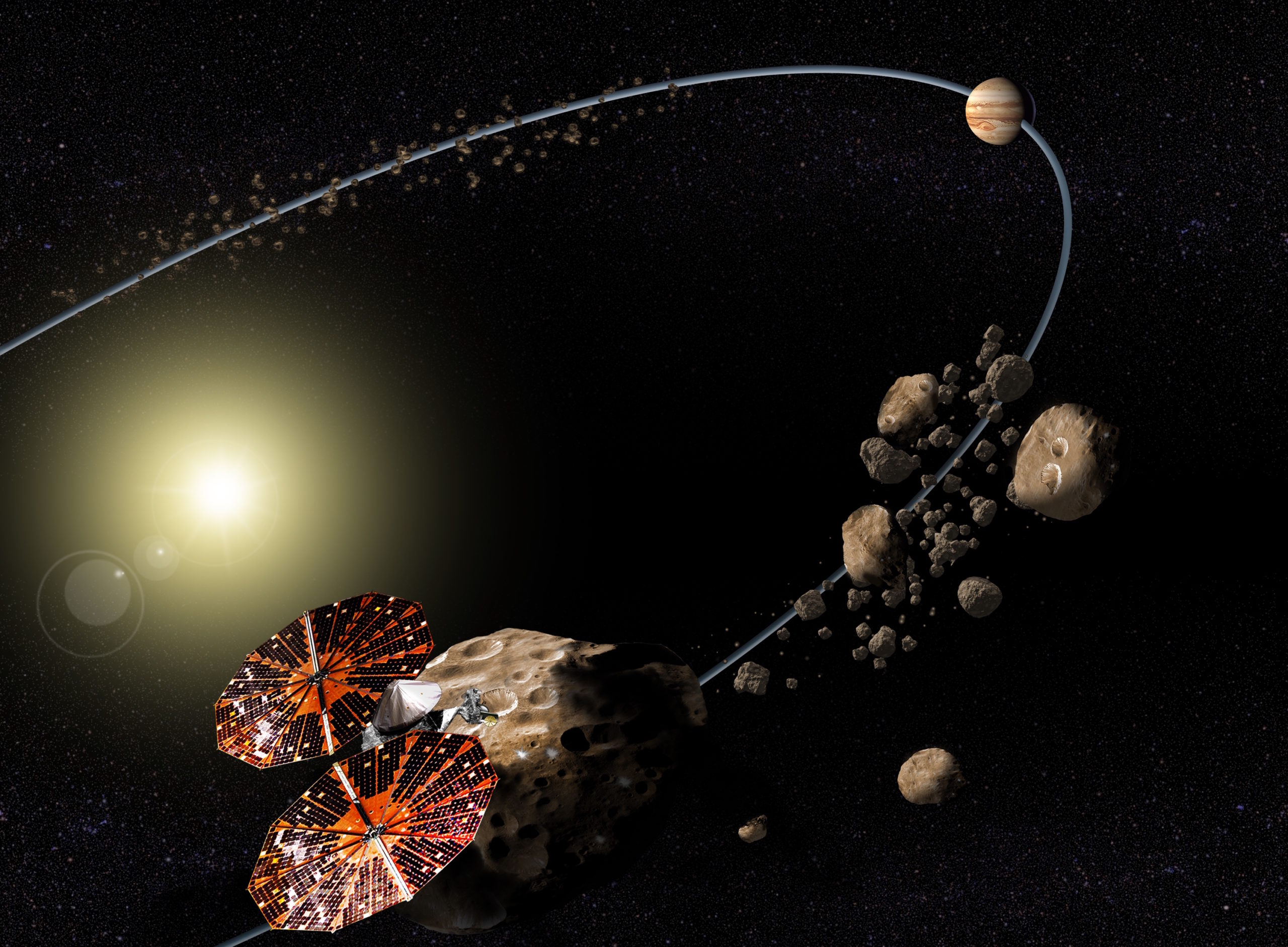
A significant part of our knowledge about the “small bodies” of our solar system has come from the various spacecraft missions that have been to – or at least by – some of them. I’ll be covering these missions as a whole in a future “Special Topics” presentation, and where appropriate I am including results from specific missions in the relevant “Special Topics” and/or “Comet of the Week” presentations.
Three of these missions can be considered as “ongoing” at this time. NASA’s New Horizons mission, which passed by Pluto in 2015 and by the Kuiper Belt object (486958) Arrokoth at the beginning of last year, is currently traveling through the Kuiper Belt and searches are now commencing for another Kuiper Belt object for it to fly by sometime within the next several years. JAXA’s Hayabusa2 mission spent the last few months of 2018 and most of 2019 at the near-Earth asteroid (162173) Ryugu and is now en route back to Earth with its collection of samples, and NASA’s OSIRIS-REx mission is presently in orbit around the near-Earth asteroid (101955) Bennu which it will depart next year to return its collected samples back to Earth.
At this writing several additional missions to some of the “small bodies” in the solar system are in development and are planned for launch within the relatively near future. I will discuss these missions here, in chronological order of their planned launch date.
It should be kept in mind that planned launch dates can slip, and that missions can be modified and/or cancelled altogether, due to budgetary and/or political reasons, or to problems with one or more of the spacecraft systems or launch vehicles. Due to the laws of celestial mechanics, which dictate when certain “launch windows” might be available, slippage in launch dates can result in delays of one or more years, or – as in the case of ESA’s Rosetta mission – the selection of a different destination object.
The nature of spaceflight being what it is, the possibility of a mission failure, either at launch or sometime afterwards, is always present. One dramatic example is NASA’s COmet Nucleus TOUR (CONTOUR) mission that was launched in July 2002 with the ambitious goal of visiting two short-period comets with the possibility of either a third short-period comet or an at-that-time-undiscovered long-period comet. Although the launch was successful and CONTOUR was safely placed into its initial geocentric orbit, contact was lost and it broke into at least three pieces once it was injected into its first destination orbit, probably as a result of a failure of the solid-rocket booster that performed that injection.
With the above caveats in mind, the following missions are presently in development, with launch planned for the relatively near-term future:
ASTER
This space mission by the Brazilian Space Agency – which would be its first interplanetary probe – is presently scheduled for launch in February 2021. It will be utilizing solar electric propulsion for its travels, and in addition to scientific investigations one of its primary missions is to promote and enhance STEM education in Brazilian universities.
ASTER’s planned destination is the near-Earth asteroid (153591) 2001 SN263, a carbonaceous asteroid accompanied by two smaller moons. With the currently planned launch date, arrival at (153591) would be in April 2022, with orbital insertion to follow.
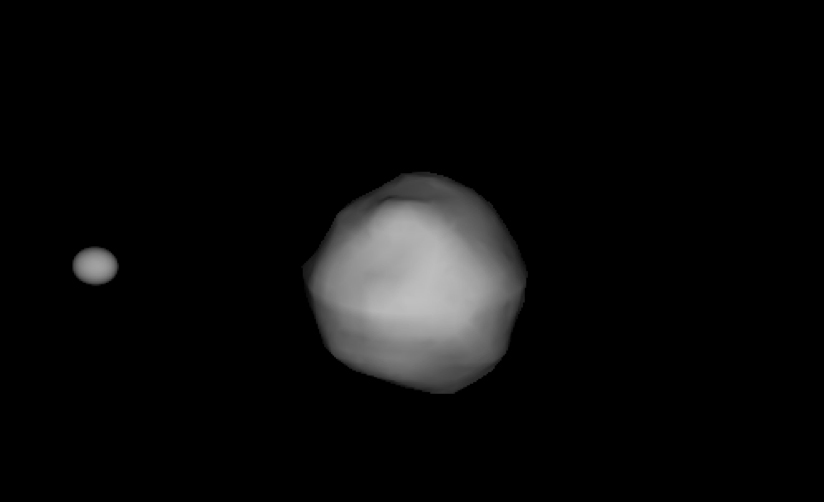
Double Asteroid Redirection Test (DART)
NASA’s DART mission was originally part of a NASA-ESA collaboration under the name of AIDA (Asteroid Impact and Deflection Assessment) with ESA supplying a component called Asteroid Impact Mission (AIM), however, the development of AIM was cancelled in 2016. ESA is presently developing a smaller and scaled down mission called Hera, to be discussed below.
DART is currently scheduled for launch in July 2021. Utilizing a xenon ion thrust engine, DART is planned to make a flyby of the near-Earth asteroid (3361) Orpheus, with its ultimate destination being the near-Earth (Amor-type) asteroid (65803) Didymos with arrival scheduled in October 2022.
Didymos is approximately 750 meters in diameter, and is accompanied by a moon – nicknamed “Didymoon” – roughly 170 meters across. DART is essentially a projectile with the mission of impacting Didymoon, to determine how such an impact might affect its orbital motion. In keeping with its mission name, DART’s ultimate objective is a test of a deflection technique that might be necessary if a future asteroid were to pose an impact threat. (Deflection techniques are discussed in a future “Special Topics” presentation.)
The Italian Space Agency is developing a small spacecraft, the Light Italian Cubesat Imaging of Asteroids (LICIA) that would be piggybacked aboard DART but would separate shortly before impact. LICIA would then be in a position to transmit images of the DART impact and its effects back to Earth.
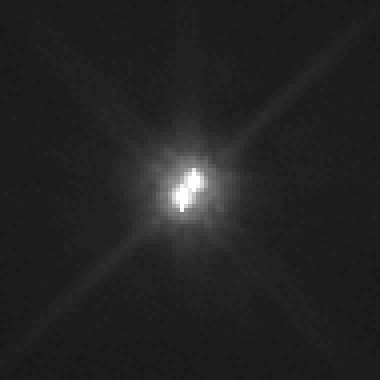
Lucy
This ambitious NASA mission, named after the “Lucy” hominid skeleton discovered in Ethiopia in 1974, is currently scheduled for launch in October 2021. After a flyby of the main-belt asteroid (52246) Donaldjohanson – named in honor of one of the discoverers of the “Lucy” skeleton – Lucy will travel to the Jupiter-sun L4 Lagrangian point and visit several of the Trojan asteroids there: the current schedule of encounters include (3548) Eurybates in August 2027, (15094) Polymele in September 2027, (11351) Leucus in April 2028, and (21900) Orus in November 2028. (Trojan asteroids are the subject of a future “Special Topics” presentation.) Afterwards Lucy returns to Earth’s vicinity for a gravity-assist, then journeys out to the Jupiter-sun L5 Lagrangian point for a rendezvous with the Trojan asteroid (617) Patroclus and its moon Menoetius in March 2033.
Like other asteroids, Jupiter Trojans are believed to be “leftovers” from the planetary formation process, and due to their larger distances from the sun they may be less processed due to solar heating than their siblings in the main asteroid belt. Thus, in keeping with its name, Lucy is an investigation into our solar system’s origins. The asteroids that are on Lucy’s itinerary are of various taxonomic classifications and thus should offer a fairly wide range of asteroidal phenomena to examine.
Near-Earth Asteroid Scout (NEA Scout)
This is one of 13 small CubeSats planned as secondary payloads to be deployed during NASA’s Artemis 1 mission that will be an unmanned spacecraft sent into lunar orbit and that will feature the maiden flight of the under-development Space Launch System. The launch date for Artemis 1 has been slipping, but at this writing is planned for sometime in late 2021.
NEA Scout’s destination has not been firmly determined at this time, but the most likely destination is the small near-Earth asteroid 1991 VG – subject, certainly, to the eventual launch date and available launch windows. 1991 VG is a very tiny asteroid no more than 10 to 12 meters in diameter, and travels in a near-circular, low-inclination orbit with a period of just barely over one year. It is one of the “easily retrievable objects” identified in 2013 as a site for potential future mining operations; these are discussed in the “Special Topics” presentation on “Resources in ‘Small Bodies.’”
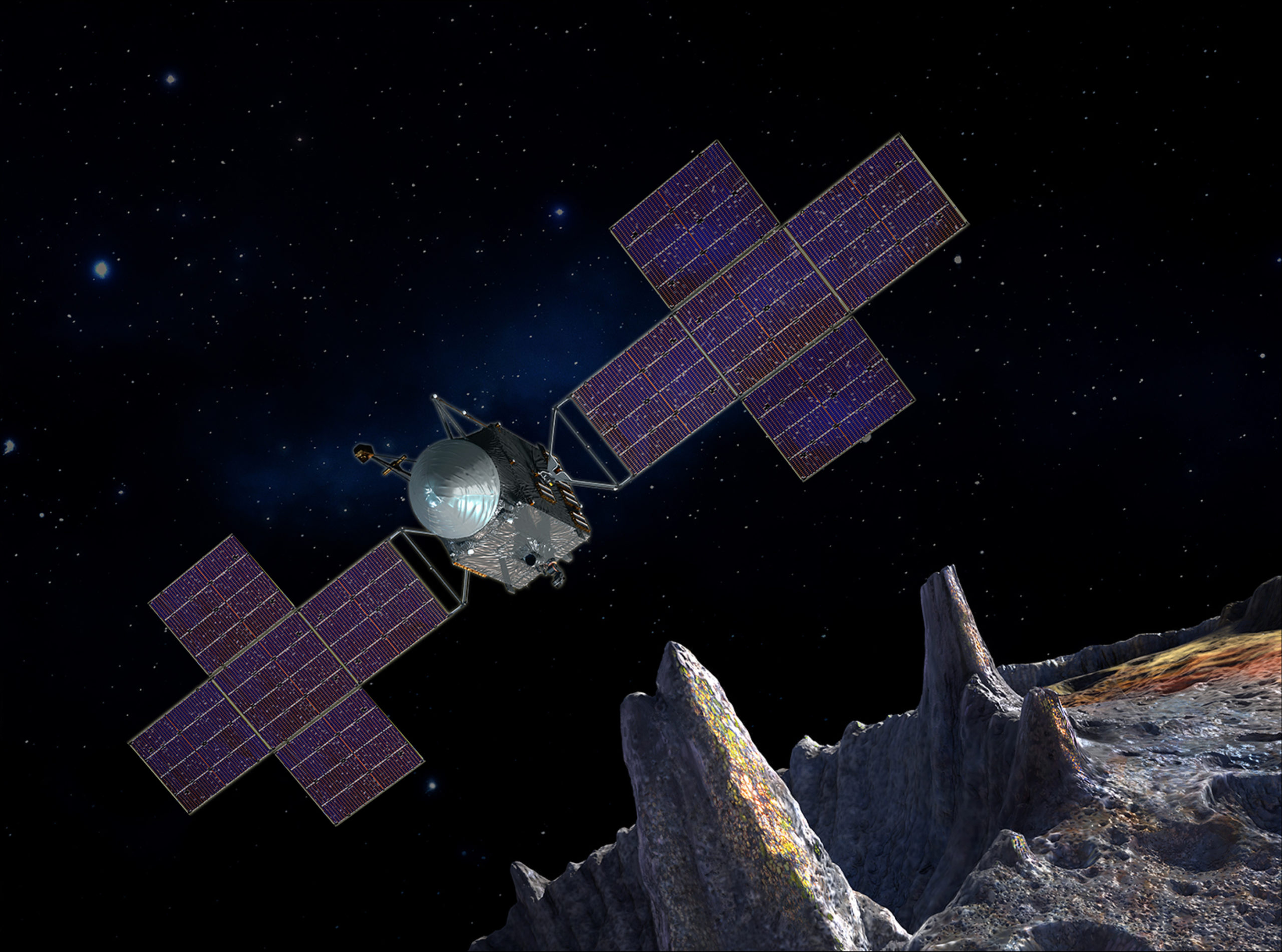
Psyche
The currently scheduled launch date for this NASA mission is July 2022. Its destination is the large main-belt asteroid (16) Psyche, which is primarily metallic in composition (over 90% iron and nickel, with various assorted other metals) and which may be the remnant metallic core of a former protoplanet. After a gravity-assist flyby of Mars in May 2023, the Psyche mission is scheduled for arrival at its destination asteroid in January 2026, after which it will go into orbit around it where it is expected to remain for at least the next 21 months.
Psyche’s primary mission involves a detailed compositional and structural analysis of its namesake asteroid, including the strength and structure of any magnetic field. Ultimately, the Psyche mission could begin laying the foundation for future resource extraction activities on metallic asteroids like its namesake, a topic covered in the earlier “Special Topics” presentation on “Resources in ‘Small Bodies.’”
(16) Psyche, incidentally, will be at opposition this coming December, and should be an easily observable object near 9th magnitude around that time.
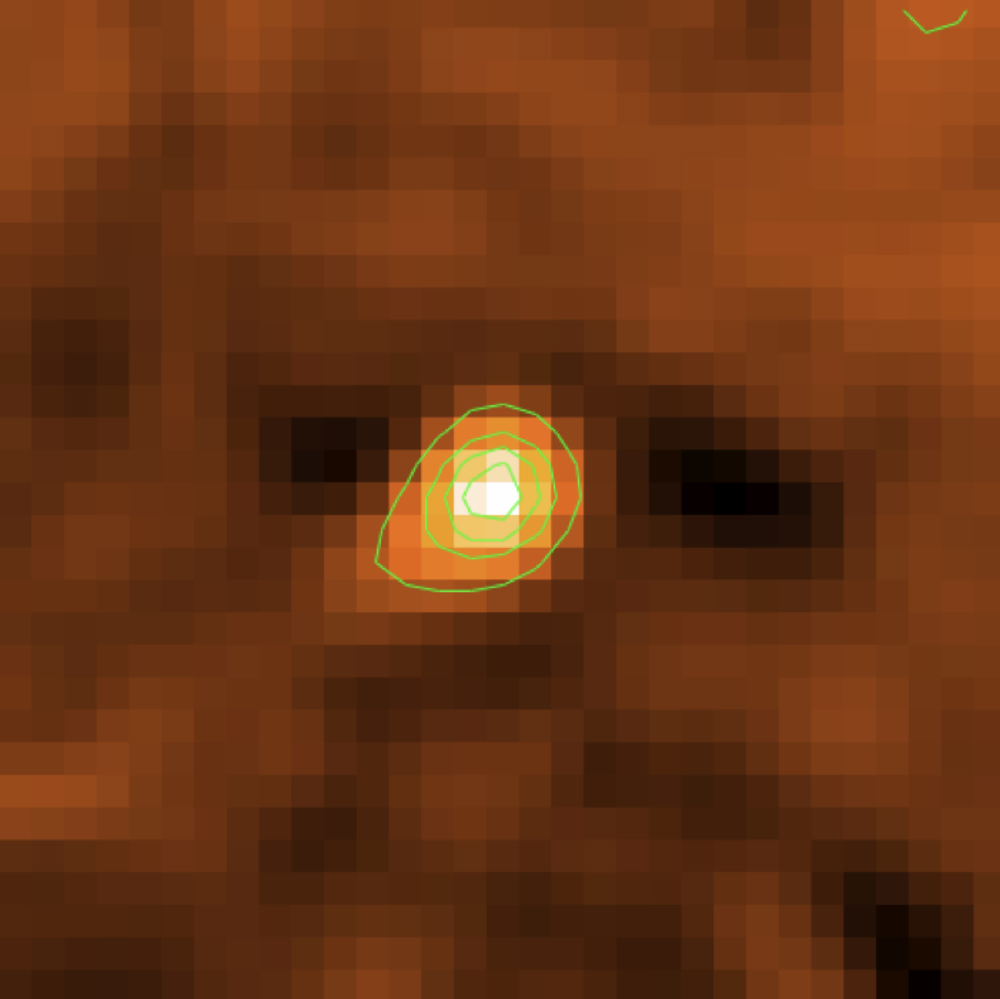
DESTINY+
JAXA’s Demonstration and Experiment of Space Technology for INterplanetary voYage Phaethon fLyby dUSt science (DESTINY+) mission is primarily a technology test and demonstration mission, with a planned launch timeframe of 2022. After launch, the mission plan calls for it to spend approximately 1 ½ years in Earth orbit that is gradually rising via the usage of ion propulsion engines. Once the orbit is high enough it can then use a lunar gravity assist to send it elsewhere in the solar system.
DESTINY+’s primary destination is the enigmatic object (3200) Phaethon, a near-Earth “asteroid” that appears to be the parent object of the Geminid meteor shower and that has exhibited weak cometary activity (surface dust emissions due to intense solar heating) when near perihelion; it may well be an extinct cometary nucleus. DESTINY+ may go on to examine other objects afterwards.
Hera
This is ESA’s contribution to the joint NASA-ESA Asteroid Impact and Deflection Assessment (AIDA) mission, of which DART (see above) is the NASA contribution. The ESA contribution was originally planned to be a large spacecraft called Asteroid Impact Mission (AIM) but funding issues have forced a delayed and scaled-down replacement. Hera, which was formally approved a few months ago, is planned for launch in 2024 with a subsequent plan of arriving at (65803) Didymos and going into orbit around it to study the effects of the earlier DART impact into “Didymoon.”
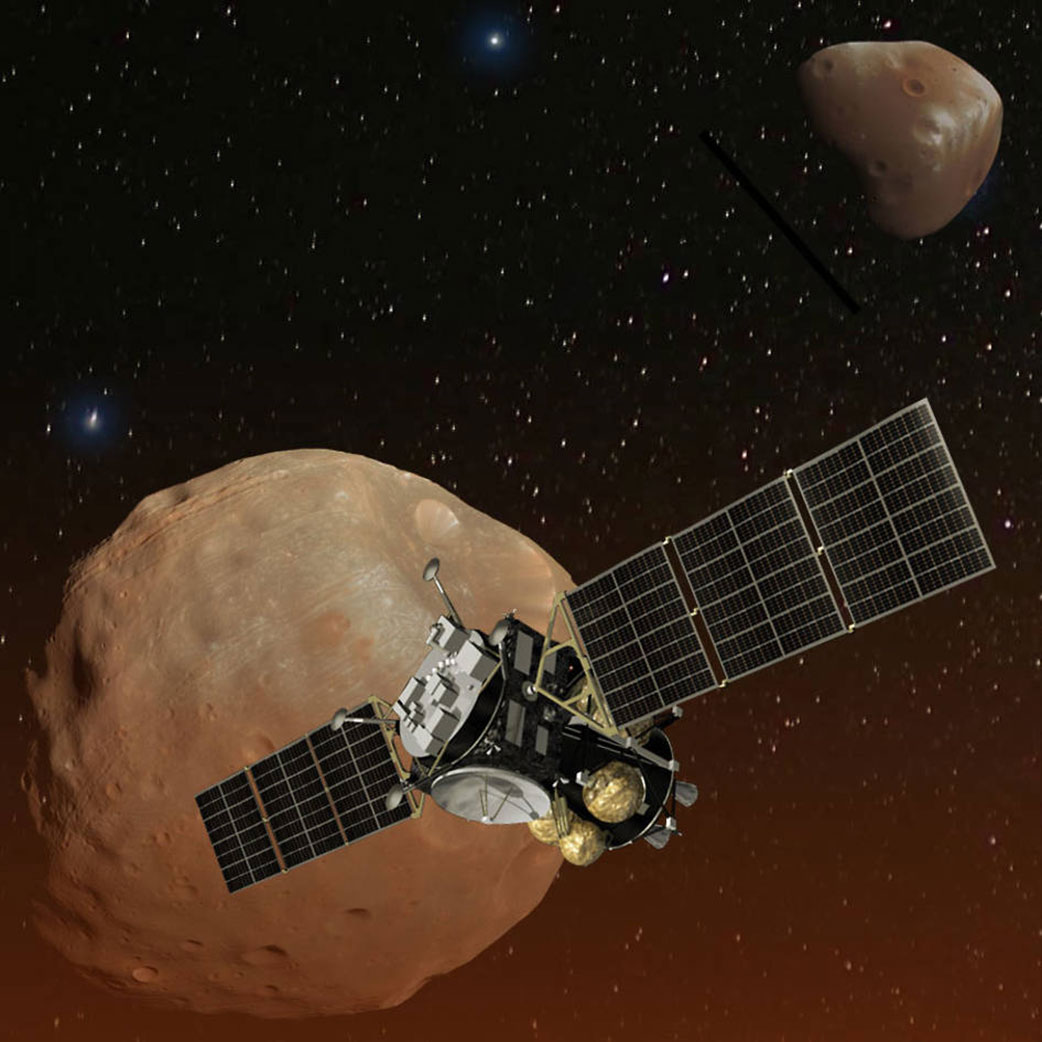
MMX
The Martian Moons eXploration (MMX) mission is under development by JAXA as a detailed examination of the Martian moons Phobos and Deimos. As currently planned MMX would be launched in September 2024, and after arrival at Mars the following year would touch down once or twice upon Phobos in order to collect up to 10 grams of surface materials. After leaving Phobos MMX would perform several flybys of Deimos before leaving Mars orbit in August 2028 for return to Earth, with the collected samples, in July 2029.
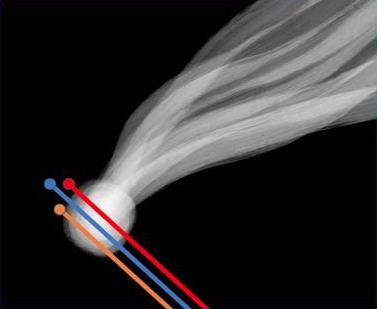
Comet Interceptor
One important type of “small body” that has not yet been investigated by a spacecraft mission is a long-period comet. Since the existence of any particular such object is usually not known until, at most, a couple of years before its visit to the inner solar system, the preparation of any mission to such an object is problematical.
ESA is getting around these difficulties with its planned Comet Interceptor mission, which was approved for development just a year ago. According to the mission plan, after launch – currently scheduled for 2028 – Comet Interceptor would be “parked” at the Earth-sun L2 Lagrangian point (1.5 million km directly anti-sunward of Earth) until a suitable long-period comet is discovered, at which time it would be placed on an intercept trajectory for a flyby encounter. (If after a certain period of time, about three years, a suitable long-period comet has not been discovered, Comet Interceptor would be sent towards an already-known short-period comet.)
In addition to the main spacecraft, Comet Interceptor would carry two smaller spacecraft that would be deployed separately to fly even closer to the comet’s nucleus. These would, among other activities, collect samples of cometary material from the coma, and together with the main spacecraft help put together a 3-D picture of the comet’s environment.
In addition to the above missions, which are being developed and flown by various governmental space agencies, some private entities are also in the process of developing space missions to the solar system’s “small bodies.” One of these is the MILO Institute, formed at the University of Arizona and which is building a coalition of University and business partners to build and fly a series of low-cost CubeSat space missions. The inaugural mission, dubbed NEOshare, is a proof-of-concept mission currently planned for launch in February 2023 which will place several CubeSats into heliocentric orbit where they can then be independently directed towards various near-Earth asteroids (to be determined at a later time).
More from Week 15:
This Week in History Comet of the Week Free PDF Download Glossary
Ice and Stone 2020 Home Page


